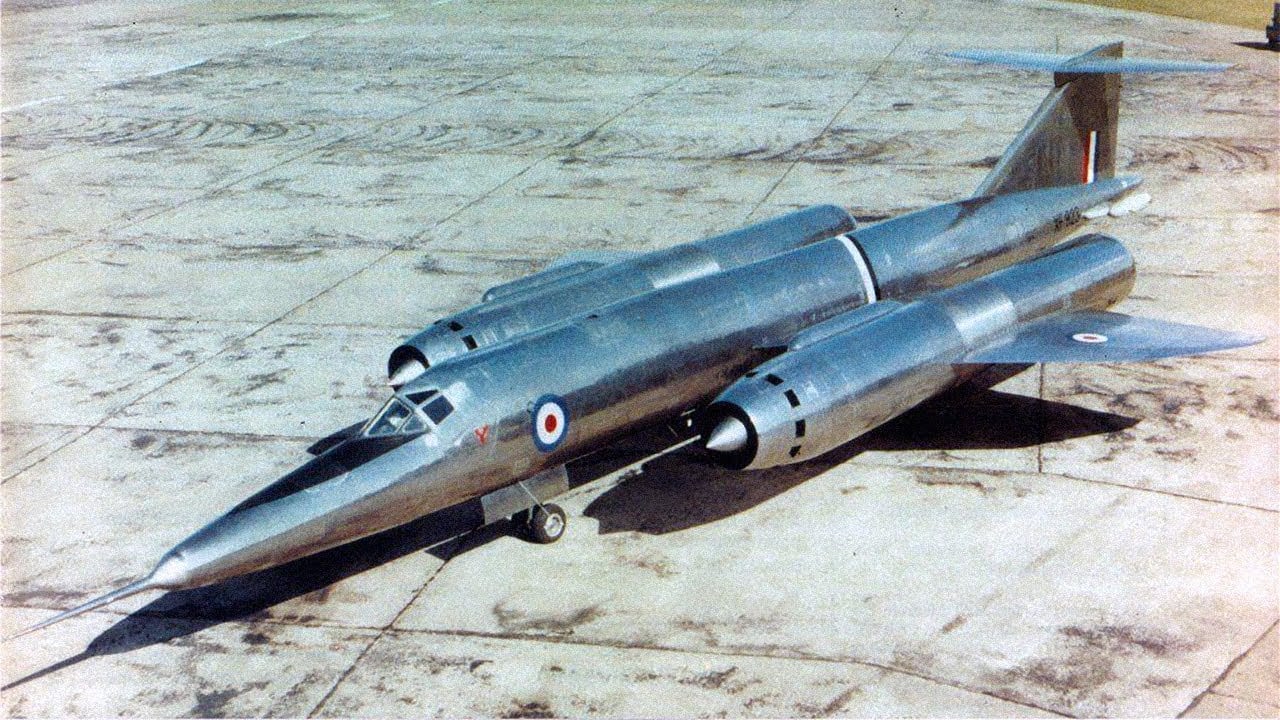The U.S. Army is poised to significantly expand its role in homeland defense, transitioning from a narrow focus on intercontinental ballistic missile (ICBM) threats to a comprehensive strategy that encompasses a diverse array of dangers, including drones, cruise missiles, and hypersonic weapons. Lt. Gen. Sean Gainey, commander of the Army Space and Missile Defense Command, emphasized that this shift is crucial as the Defense Department develops the architecture for President Trump's Golden Dome missile defense initiative. The Army's 100th Missile Defense Brigade, which currently oversees command-and-control operations for the Ground-Based Midcourse Defense system, will now integrate capabilities to counter emerging threats, enhancing its operational scope and readiness against a broader spectrum of aerial attacks.
This strategic evolution will see the Army assume a more integrated command role for air and missile defense, allowing for improved coordination and synergy among various defense components. Gainey highlighted the importance of adapting to the changing threat landscape, which necessitates a shift from traditional interceptor-based strategies to more holistic missile defeat measures. The forthcoming Army Space and Missile Defense strategy will outline these developments, focusing on the complexities introduced by massed threats and the need for advanced technologies, including artificial intelligence, to manage defense operations effectively. This proactive approach positions the Army to better safeguard the homeland against an increasingly sophisticated array of aerial threats.









